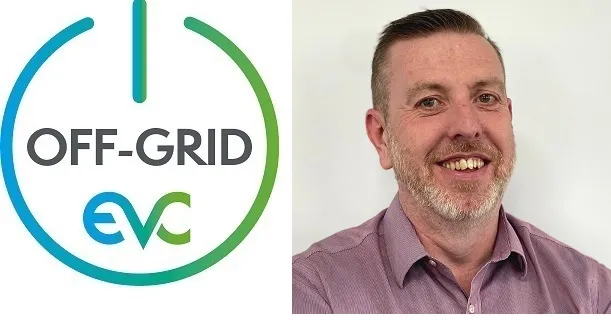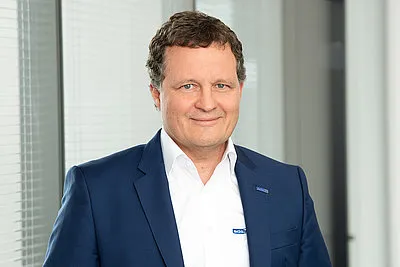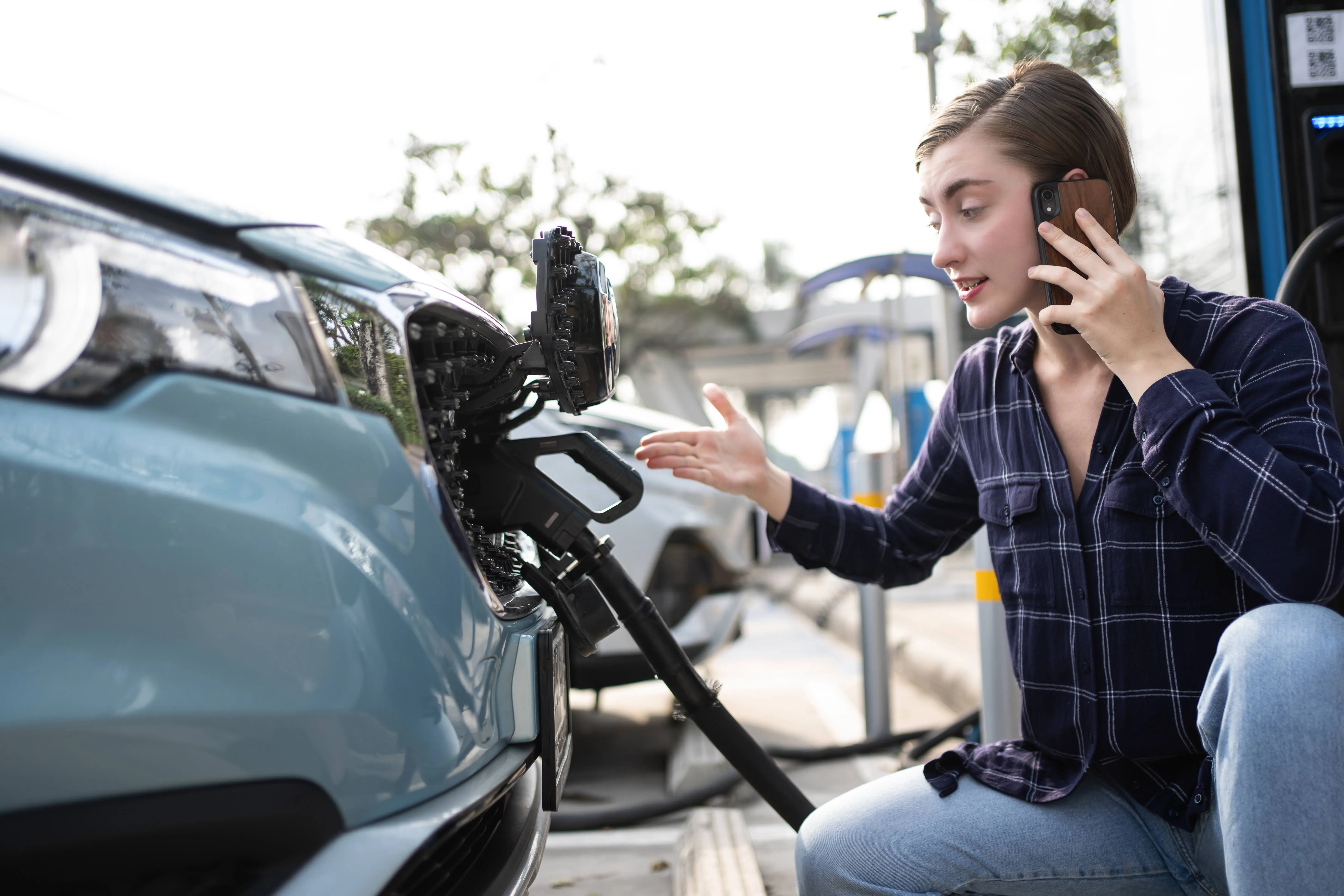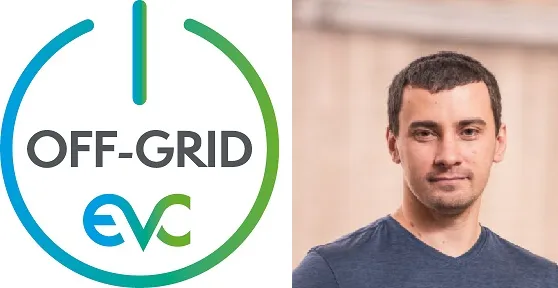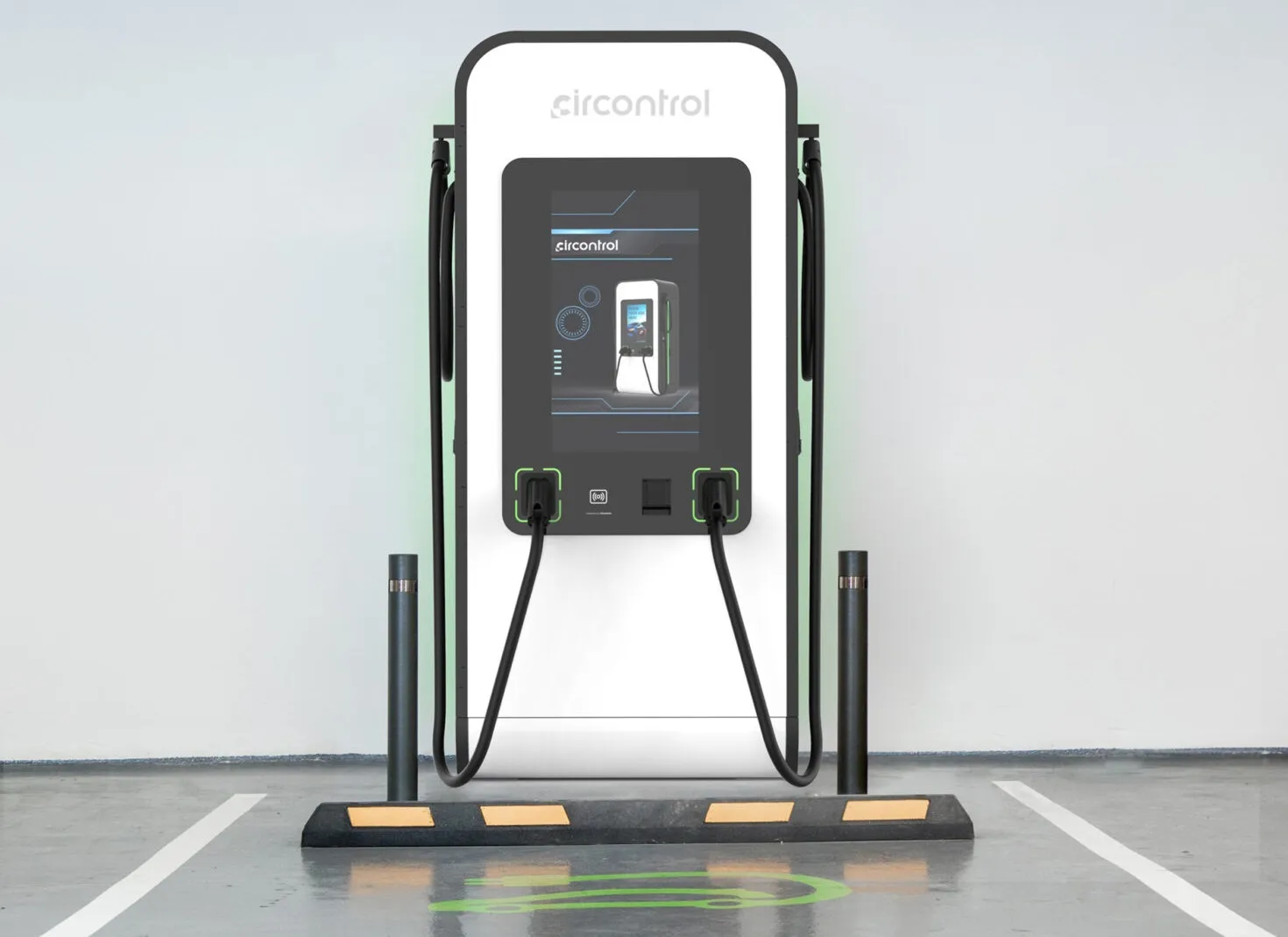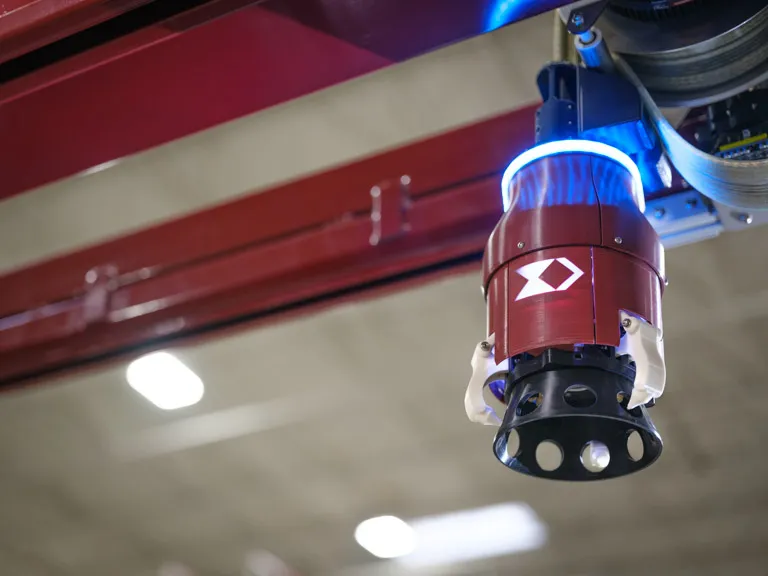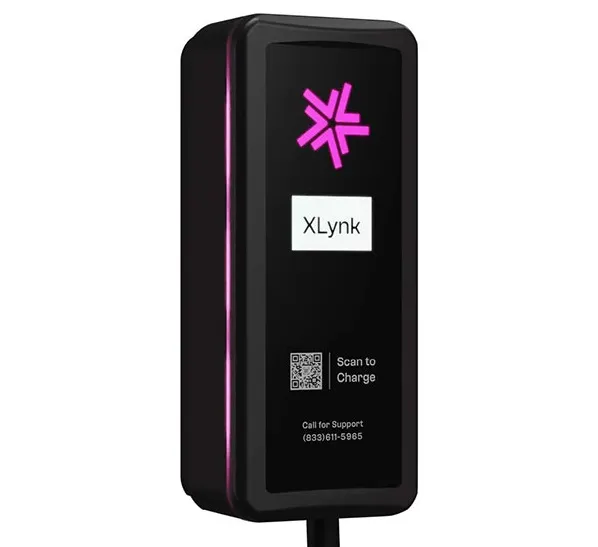
What are the opportunities for National Power’s business presented by the rollout of EV charging infrastructure?
We think that the big opportunity is to help the industry create a more reliable and resilient EV charging network. This is fundamental for the continued, accelerating growth and adoption of EVs. Everything we do at National Power is centered around power and infrastructure for mission-critical customers. That's the customer-set we serve and we think that if people start thinking about the EV charging infrastructure as critical infrastructure, then all of a sudden we start thinking about it in a different way and approach it in a way to really build what we need for the future.
What is the current situation with the supply of power for EV charging in the US? Are there any specific challenges or issues that you'd highlight?
The two major issues are the availability and reliability of EV charging. We've got to solve those two problems to provide the foundation to accelerate adoption of EVs over the next 10 years.
Availability is about the continued build-out of the charging stations in locations and ways that work for consumers. We think this will be a combination of existing gas station sites and additional sites such as destination locations that will need to be built.
Reliability is the second issue and it goes hand-in-hand with availability. We have to make sure that when you go to charge at a charging station it actually works and there are stalls available. That’s increasingly a major problem. We have this push in the US to get the chargers out there, but what we're seeing and finding is that there really isn't a systematic approach to the ongoing maintenance and break/fix needs of the infrastructure. That’s what we at National Power do in the rest of our business, so it’s one of the areas where we think we can really help the industry. We are all about uptime. We do a lot of build of electrical systems and chargers, but we also provide the service.
Is there a problem with the amount of charger downtime?
We are seeing significant and systematic reliability issues with chargers. What we have found in other more established industries and technologies is that a regular maintenance plan can significantly improve uptime, and that’s what we absolutely want to be a proponent of in EV charging.
What other developments in EV charging infrastructure do you expect to see in the US?
We should expect that technology will continue to evolve towards faster and faster charging, similar to how the efficacy of solar-powered charging will increase over time. We can call it a problem today, but I believe that over time that will correct itself.
I think also that the industry will begin to align with more standards for chargers becoming available to everyone. It makes economic sense to do that for everybody.
Are there any major regional disparities in the US in terms of having sufficient amounts of EV charging infrastructure?
Yes, California has led the US in terms of the availability of charging and it goes hand-in-hand with the density of the EVs themselves. That also applies along the East coast and the West coast, and the major metropolitan areas. It's centred around density, and the denser the population, the more likely you're going to have availability of those charging resources.
Since COVID, there has been a fairly significant movement of population out of major metro areas in the US. That movement has caused an even greater need, both for EV charging and access to broadband technology in those areas. There’s a real push to make sure that these rural areas have the same access and availability that the major metro areas do, and that puts even more pressure on the utility system - the cooperative, municipal and rural utilities as well as the major industrial ones. This pressure is coming from both EV charging and the electrification of everything, which includes the proliferation of data centers, and this is a massive pressure on the grid right now.
Is the US electricity grid is equipped to cope with the demands for the required EV charging power?
The US grid is not equipped today for the demands that EV charging is going to put on it, and as I mentioned, it is not equipped today for the demands that the electrification of industry is putting on it.
This is exacerbated by the fact that most of the power producing assets that had been placed in service in the US over the last five years have been intermittent resources, they have been renewables. We've seen this in Europe, and we're also seeing this in the US that our baseload power has not kept up with what is going to be baseload demand. That is a challenging, vexing issue for the utilities, and they're working really hard to try to solve this.
At National Power, one of the big value-adds we bring to our customers is providing reliability and resilience behind the meter at the customer site. We're bringing backup power, batteries and micro grids to those on-site operations to add resilience to what has historically only been provided by the utility, to really buttress that and make sure that the reliability is there. The cost of downtime is through the roof, and it's only going to get more and more costly.
Are appropriate moves being taken to strengthen the grid?
The utilities are absolutely moving in the right direction, and they're very conscious about the issue. They're doing a lot of creative things around rate structures, incentives and distributed energy resources in their stack as a way to strengthen the system, but it's moving slowly. So it's really becoming a timing issue, we need to move faster because the speed at which the demand side is moving is not slowing down. The utility industry has never seen this rate of change. The central power station approach to energy production and distribution has changed dramatically. They'll solve the problems, they always do, but that doesn't mean it's not a near-term challenge, it certainly is.
Sales of EVs accounted for 9.1% of total car sales last year in the US, compared to a global average of 16%. Do you see this percentage increasing significantly going forward, with the US moving towards the global average?
I do. I think has been some sluggishness here, as of late with regard to growth of EVs that I think people have been surprised about. Some of it is economic with higher interest rates, and some of it is back to the EV charging network, that until people really feel that there's a reliable network out there, it's hard for them to make a bet on an EV. To wait 20, 30 or 40 minutes to charge my vehicle in the middle of the day when I need to get from A to B is a real inconvenience. As the infrastructure and the charging speeds improve I absolutely think that we are marching towards continued growth. The US will continue to accelerate, just as the world is accelerating. I think the market levels that have been forecast for EVs through to 2040 and 2050 are all going to come true.
Chris Hutter is CEO of US critical power and infrastructure company National Power. He will moderate the session on The Realities of Today’s EV Charging Network to Meet Rising Deployment Demands at the EV Charging Summit & Expo in Las Vegas: 9:45 am–10:30 am | Thursday, March 21, 2024

